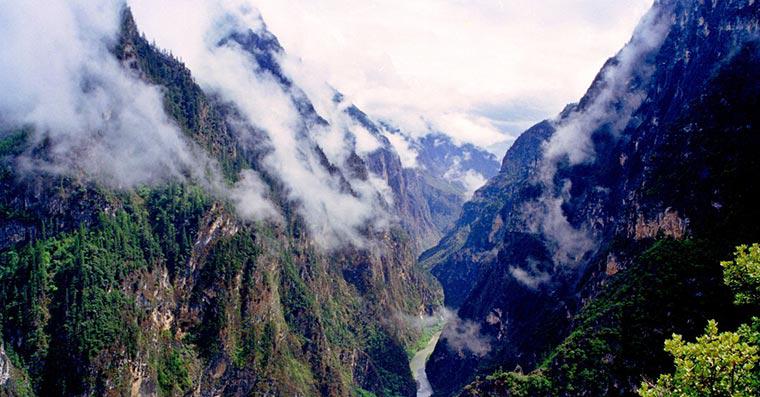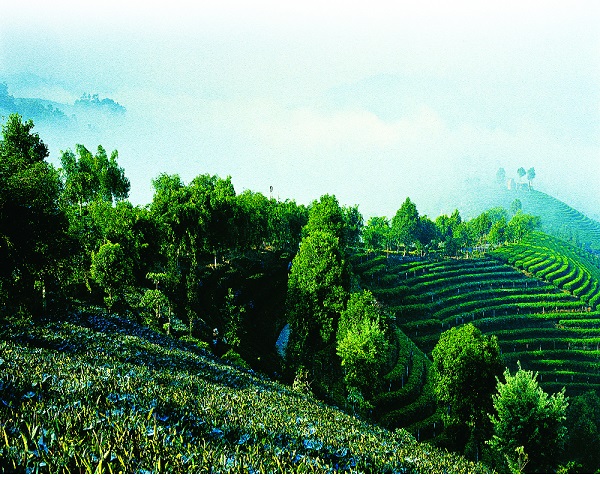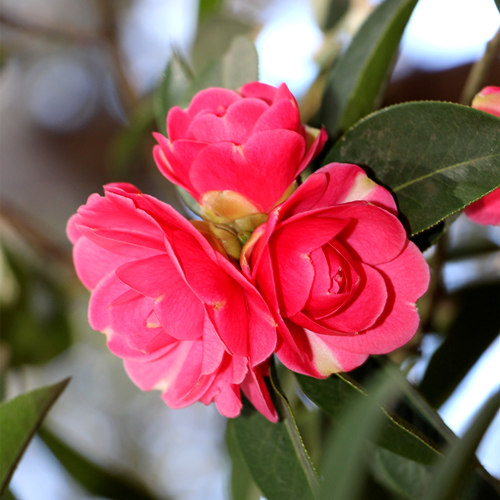
Detailed Introduction to Gengma County of Lincang
Gengma County, officially known as Gengma Dai and Lahu Autonomous County, is a vibrant region under the administration of Lincang City in southwestern Yunnan Province, China. Renowned for its picturesque landscapes, rich ethnic heritage, and flourishing agricultural sector, Gengma offers a unique blend of traditional rural life and emerging modern development. The county's strategic location near the Myanmar border further enhances its role as a cultural and economic gateway in the region.
Geographical Location and Climate
Location:
Gengma County is situated in the western part of Lincang City, covering an area of approximately 3,000 square kilometers. It lies in the mountainous region of southwestern Yunnan, with a portion of its territory bordering Myanmar. The county is characterized by rolling hills, deep valleys, and extensive forested areas that contribute to its scenic beauty and agricultural potential.
Terrain and Environment:
Mountainous Landscape: The terrain is largely rugged, with elevated regions interspersed by fertile valleys and terraced fields.
Rivers and Water Resources: Numerous rivers and streams flow through Gengma, providing essential water for irrigation and contributing to the region's rich biodiversity.
Biodiversity: The varied ecosystems support a wide range of plant and animal species, making Gengma a promising area for eco-tourism and conservation efforts.
Climate:
Subtropical Monsoon Climate: Gengma experiences a mild subtropical monsoon climate with distinct wet and dry seasons.
Temperature and Rainfall: Average annual temperatures typically range between 15°C and 22°C. The county benefits from ample rainfall during the summer monsoon, which nourishes its agriculture and lush natural vegetation.
Historical Background
Gengma County boasts a long history that reflects its role as a cultural crossroads in southwestern Yunnan:
Ancient Trade Routes: Historically, Gengma was part of the ancient Tea Horse Road, which facilitated the exchange of tea, horses, and other goods between China, Tibet, and Southeast Asia.
Ethnic Roots: The region has been home to the Dai and Lahu peoples for centuries. Their ancestral traditions, art, and social customs have left a lasting impact on the county’s cultural landscape.
Modern Administration: With the establishment of ethnic autonomy in the mid-20th century, Gengma was recognized as an autonomous county, a status that has helped preserve its unique cultural heritage while fostering development.
Economic Overview
Gengma County's economy is predominantly driven by agriculture, with additional contributions from cross-border trade, eco-tourism, and small-scale industries.
1. Agriculture
Tea Cultivation: Gengma is part of the renowned Pu'er tea region. Its highland tea gardens produce high-quality tea leaves, prized for their unique flavor and aroma. Traditional cultivation methods blend with modern techniques to enhance both quality and yield.
Cash Crops and Food Crops: Tobacco, rubber, and various tropical fruits (such as mangoes, bananas, and citrus) are widely grown. In addition, staple crops like rice, corn, and vegetables ensure food security and support local markets.
Medicinal Herbs: The fertile, biodiverse environment is ideal for cultivating traditional Chinese medicinal herbs, which add value to the local agricultural economy.
2. Cross-Border Trade and Small Industries
Trade: Gengma’s proximity to Myanmar facilitates active cross-border commerce. Local products, including tea, tobacco, and handicrafts, are exported to neighboring markets, contributing to the county’s economic growth.
Handicrafts: Traditional crafts such as bamboo weaving, silver jewelry, and ethnic textiles are important cultural products that support small local enterprises.
3. Eco-Tourism
Emerging Tourism Sector: The county’s natural beauty and cultural heritage have spurred the development of eco-tourism. Activities such as hiking, birdwatching, and guided village tours attract both domestic and international visitors.
Ethnic and Cultural Heritage
Gengma County is culturally rich, with the Dai and Lahu peoples forming the core of its ethnic identity. This diversity is celebrated in local traditions, festivals, and daily life.
1. Dai Culture
Traditions and Festivals: The Dai people are known for vibrant festivals such as the Water Splashing Festival, which marks the New Year with communal celebrations, dance, and music.
Architecture: Traditional Dai stilt houses and ornate temples are key features in many villages, reflecting the community’s connection to water and nature.
2. Lahu Culture
Cultural Practices: The Lahu community is celebrated for its colorful traditional attire, intricate silver jewelry, and dynamic folk dances.
Festivals: The Lahu pe



